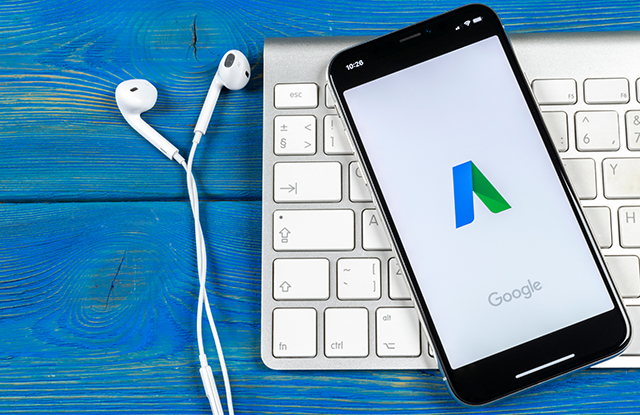
One way to improve the performance of a PPC campaign is to create intriguing Adwords copy that motivates searchers to learn more. Below we discuss five useful tips for creating better, more clickable copy.
1. Add Value
Don’t just focus on keywords. Speak to the user’s objective or pain point. Offer an answer to their search.
For example, consider an ad for lice treatment. Which one of the following speaks to the user? “Dealing With Lice?” or “Five Steps to Get Rid of Lice for Good.” The first one simply repeats what the user already knows while the second offers an actionable solution to their problem. Remember to always ask this question upon completing copy: “Does this ad offer an answer to their question or does it just restate the problem without adding value?”
2. Use Space Wisely
Think strategically about how to use the space provided in the headline, ad copy, and display URL. Be sure to appeal to the searcher’s emotions and make it is clear that clicking on the ad will answer whatever question they’re asking. Put the most important information in the headlines and remember that ads display differently on mobile vs. desktop— preview ads on both device types to ensure the headliners read as desired on both views.
Nearly 60 percent of all searches are made via mobile devices. Merchant ads must clearly speak to the user whether he or she is on their desktop, smartphone or tablet. Previously, advertisers could create specific mobile ads for mobile searchers. However, the new expanded text ads have no device preference. That means the same message is displayed across all types of devices. Advertisers must ensure their ads and call-to-action promos make sense and function properly regardless of the device.
3. Use Keywords in the URL
Google Adwords allows up to two 15-character path fields to their display URL. Include keywords in the display URL field that portray confidence the landing page will answer their question. This technique reassures the user that clicking through will get them exactly where they want to be. For example, let’s go back to the lice product illustration. In that case, the merchant might include a URL like “how-to/remove-lice” to reinforce the product promise. Additionally, include the same keywords in the actual landing page URL and page title to improve the quality score of the ad. The landing page experience needs to coincide with the ad copy, otherwise quality scores will suffer and the ad will be ineffective.
4. Use Dynamic Copy
One of the most powerful components of search ads is the ability to easily change them. Adwords is not a “set it and forget it” type of advertising tactic, so use the ad copy to create urgency, build social proof, or advertise best prices. For example:
- Create urgency: “Only 2 shirts left at this price. Order now before they are gone.”
- Build social proof: “9 out of 10 buyers gave these shoes 5 stars. Find out why.”
- Advertise prices: “Regularly $120. Now only $59.99. Sales end at midnight.”
5. Test and Monitor
Each time an ad is changed, test it out to see what’s working. Set specific goals, such as improving sales conversions or simply the click-through rate. Test and track each part of the ad’s anatomy including the headline, display URL, and description. Test one change at a time to determine what is having the most impact. The Google Adwords dashboard makes this easy by tracking clicks, impressions, cost per click (CPC), conversions, cost per conversion and user engagement.
Learn more about maximizing Google Adwords by talking to the experts at InteractOne. Contact us before getting started on your next campaign.